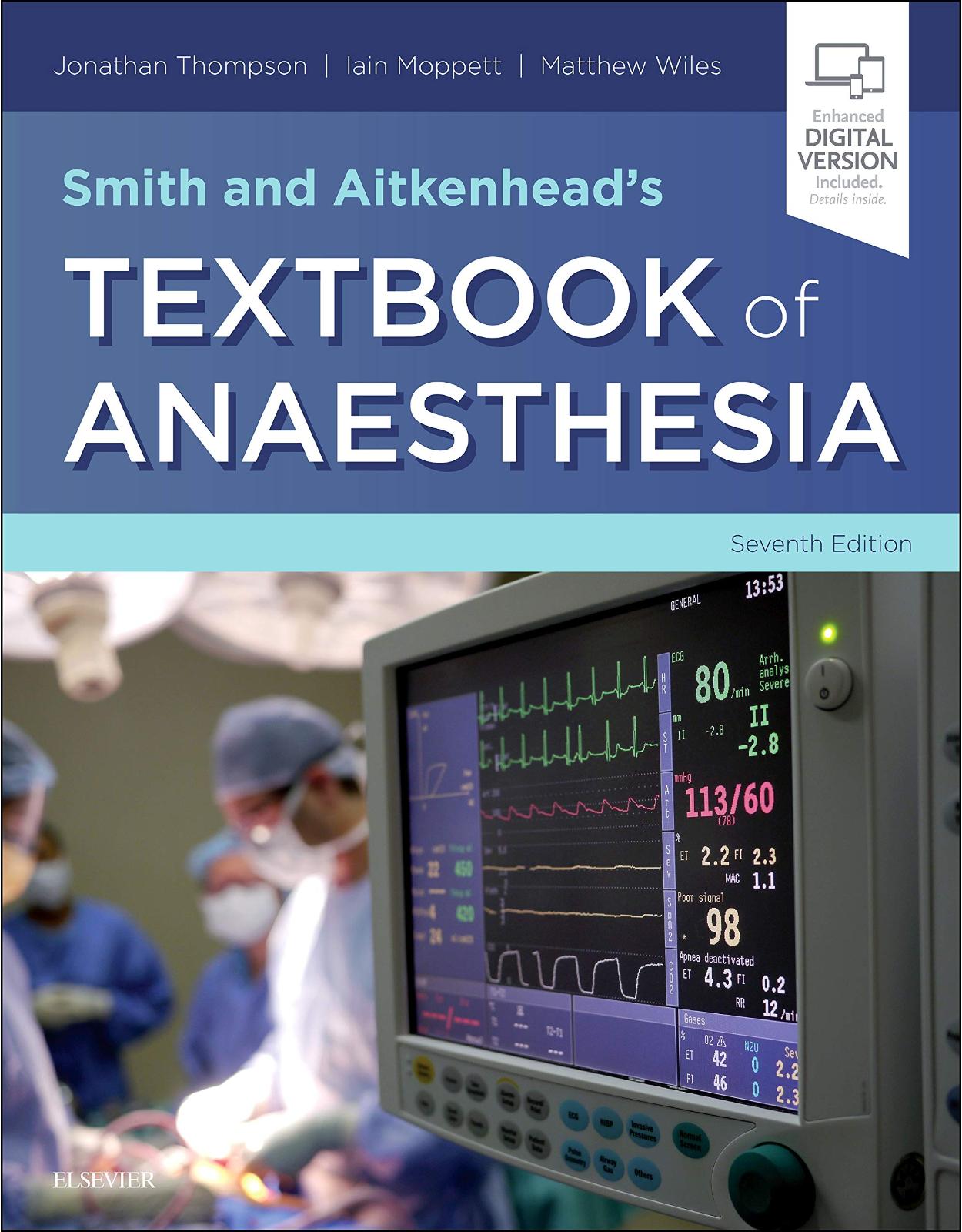
Smith and Aitkenhead’s Textbook of Anaesthesia, 7e: Expert Consult - Online & Print
Livrare gratis la comenzi peste 500 RON. Pentru celelalte comenzi livrarea este 20 RON.
Disponibilitate: La comanda in aproximativ 4 saptamani
Editura: Elsevier
Limba: Engleza
Nr. pagini: 1084
Coperta: Paperback
Dimensiuni: 19.3 x 3.56 x 23.62 cm
An aparitie: 2 April 2019
Description:
This highly successful textbook is internationally renowned as a core text for trainee anaesthetists and is essential reading for candidates for the Fellowship of Royal College of Anaesthetists and similar examinations. The previous 6th edition was awarded First Prize at the BMJ Medical Book awards.
The book provides full coverage of the sciences underpinning practice in anaesthesia, critical care and pain management together with details of clinical anaesthesia and perioperative care. In combining these aspects, anaesthetists new to the specialty have found the textbook particularly useful during the first few years of training as well as when preparing for professional examinations. It has also proved a valuable day-to-day reference for allied professionals such as operating department practitioners and physician assistants who need an understanding of clinical practice in anaesthesia and related specialties.
The goal for this Seventh Edition has remained to equip the reader with the basic knowledge and practical considerations required to administer anaesthesia and perioperative care for a whole range of surgical conditions in patients with all common medical comorbidities. Reflecting the expanding role of anaesthesia beyond the operating theatre it also includes essential material related to safety and quality assurance, consent, resuscitation, intensive care medicine, pre-hospital care and chronic pain management.
- This book’s scope includes the full range of clinical practice, from anaesthetic equipment and pre-operative assessment through to post-operative care, local anaesthesia, anaesthesia for individual specialties and the management of chronic pain.
- The text covers the principles of pharmacology, anaesthetic agents and physics for the anaesthetist.
- Thirty new contributors provide a new perspective or contribute new chapters to this edition
- This edition has been restructured into four sections: Basic Sciences; Physics and Apparatus; Fundamentals of Anaesthesia and Perioperative Medicine; and Clinical Anaesthesia.
- Four new chapters have been added, both to reflect the UK postgraduate anaesthetic examination syllabus and changes in clinical practice. There are: The older patient; Anaesthesia in low and middle-income areas; Management of critical incidents; and Data analysis, clinical trials and statistics.
- This edition makes extensive use of new line drawings and diagrams and, for the first time, many of these are available in colour.
- Chapters have been extensively cross-referenced to aid the reader and avoid repetition to include substantially more information without increasing the overall size of the book.
Table of Contents:
1. Section 1 Basic sciences
2. Chapter 1 General principles of pharmacology
3. Basic principles
4. How do drugs act?
5. How does the body process drugs (pharmacokinetics)?
6. Pharmacokinetic principles
7. Pharmacological variability
8. Pharmacogenetics
9. Drug interactions and adverse drug effects
10. Self-assessment questions and answers
11. Answer 1
12. Question 2
13. Answer 2
14. Question 3
15. Answer 3
16. Question 4
17. Answer 4
18. Chapter 2 Data, statistics and clinical trials
19. Types of data
20. Summarising data
21. Sampling
22. Probability
23. Data distributions
24. Bias
25. Testing
26. Predictive testing and scoring systems
27. Types of error
28. Bayesian statistics
29. Clinical trials
30. Specific aspects of trial conduct
31. Evidence-based medicine
32. Audit, research and service evaluation
33. References/Further reading
34. Self-assessment questions and answers
35. Chapter 3 Inhalational anaesthetic agents and medical gases
36. Kinetics of inhaled anaesthetic agents
37. Mechanism of action
38. Minimum alveolar concentration
39. Pharmacokinetics of inhaled anaesthetic agents
40. Individual anaesthetic agents
41. Medical gases
42. Self-assessment questions and answers
43. Answer 1
44. Question 2
45. Answer 2
46. Question 3
47. Answer 3
48. Chapter 4 Intravenous anaesthetic agents and sedatives
49. Intravenous anaesthetic drugs
50. Mechanism of action
51. Pharmacokinetics
52. Offset of hypnotic effect
53. Precautions when using i.v. anaesthetics
54. Pharmacology of individual intravenous anaesthetic drugs
55. Maintenance of anaesthesia using i.v. agents
56. Practical techniques for i.v. maintenance of anaesthesia
57. Sedative and anxiolytic drugs
58. Drugs used as sedatives
59. Non-benzodiazepine hypnotics (Z-drugs)
60. α2-Adrenoceptor agonists
61. Opioids
62. Antipsychotics
63. Miscellaneous
64. References/Further reading
65. Self-assessment questions and answers
66. Answer 1
67. Question 2
68. Answer 2
69. Question 3
70. Answer 3
71. Question 4
72. Answers 4
73. Question 5
74. Answers 5
75. Chapter 5 Local anaesthetic agents
76. Mechanism of action of local anaesthetics
77. The voltage-activated Na+ channel
78. Pain fibres
79. Local anaesthetic structure
80. Pharmacological properties of local anaesthetics
81. Differential sensory and motor blockade
82. Pharmacokinetics
83. Clinical preparation of local anaesthetics
84. Enantiomer pharmacology
85. Pharmacology of individual local anaesthetics
86. Local anaesthetic toxicity
87. Management of severe local anaesthetic toxicity
88. Self-assessment questions and answers
89. Answer 1
90. Question 2
91. Answer 2
92. Question 3
93. Answer 3
94. Question 4
95. Answer 4
96. Chapter 6 Physiology and pharmacology of pain
97. Mechanisms of pain
98. Pharmacology of analgesic drugs
99. Opioids
100. Mixed agonist–antagonist opioids
101. Partial agonists
102. Opioid antagonists
103. New developments in opioid pharmacology
104. Paracetamol
105. Non-steroidal anti-inflammatory drugs (NSAIDs)
106. COX-2–specific inhibitors
107. Conclusion
108. References/Further reading
109. Self-assessment questions and answers
110. Chapter 7 Postoperative nausea and vomiting
111. Definitions
112. Mechanisms of nausea and vomiting
113. Adverse effects of PONV
114. Identifying patients at risk
115. Pharmacology
116. Management
117. References/Further reading
118. Self-assessment questions and answers
119. Chapter 8 Muscle function and neuromuscular blockade
120. Physiology of neuromuscular transmission
121. Pharmacology of neuromuscular transmission
122. Depolarising neuromuscular blocking agents
123. Reversal agents
124. Neuromuscular monitoring
125. References/Further reading
126. Self-assessment questions and answers
127. Chapter 9 Cardiovascular system
128. Cardiovascular physiology
129. Cardiovascular pharmacology
130. References/Further reading
131. Self-assessment questions and answers
132. Chapter 10 Respiratory system
133. Control of breathing
134. Respiratory system mechanics
135. Pulmonary circulation
136. Regional ventilation and perfusion
137. Oxygen and carbon dioxide transport
138. Respiratory effects of general anaesthesia
139. Positive pressure ventilation
140. Respiratory physiology at high altitude
141. Self-assessment questions and answers
142. Chapter 11 Renal physiology
143. Renal anatomy
144. Glomerular anatomy, filtration and tubular feedback
145. Renin–angiotensin–aldosterone system and vasopressin
146. Pharmacology of drugs acting on the kidney
147. Assessment of renal function
148. Acute kidney injury and contrast nephropathy
149. Intrinsic renal injury
150. References/Further reading
151. Self-assessment questions and answers
152. Chapter 12 Fluid, electrolyte and acid–base balance
153. Physiology of electrolytes and water balance
154. Basic definitions
155. Compartmental distribution of total body water
156. Solute composition of body fluid compartments
157. Water homeostasis
158. Practical fluid balance
159. Sodium, potassium, chloride, phosphate and magnesium
160. Acid–base balance
161. Self-assessment questions and answers
162. Answer 1
163. Chapter 13 Metabolism, the stress response to surgery and perioperative thermoregulation
164. Metabolism
165. Carbohydrates
166. Proteins
167. Lipids
168. Basic nutritional requirements
169. Starvation
170. The effects of chronic malnutrition on anaesthesia
171. The stress response to surgery
172. Thermoregulation and anaesthesia
173. References/Further reading
174. Self-assessment questions and answers
175. Answer 1
176. Question 2
177. Answer 2
178. Question 3
179. Answer 3
180. Question 4
181. Answer 4
182. Question 5
183. Answer 5
184. Chapter 14 Blood, coagulation and transfusion
185. The physiology of blood
186. Interventional procedures and regional anaesthesia in coagulopathic patients
187. Thrombosis and acute ischaemic events
188. Blood products and blood transfusion
189. Major haemorrhage and massive transfusion protocols
190. References/Further reading
191. Self-assessment questions and answers
192. Answer 1
193. Question 2
194. Answer 2
195. Question 3
196. Answer 3
197. Question 4
198. Answer 4
199. Section 2 Physics and apparatus
200. Chapter 15 Basic physics for the anaesthetist
201. Basic definitions
202. Basic mathematical functions
203. Fluids
204. Gas regulators
205. The Venturi, the injector and Bernoulli
206. Heat
207. Vaporisation
208. Humidity and humidification
209. Solubility of gases
210. Electricity
211. Electrical safety
212. Radiation
213. Magnetic resonance imaging
214. Ultrasound
215. Lasers
216. Optical fibres
217. Fires and explosions
218. References/Further reading
219. Self-assessment questions and answers
220. Chapter 16 Anaesthetic apparatus
221. Gas supplies
222. Cylinders
223. The anaesthetic machine
224. Safety features of modern anaesthetic machines
225. Breathing systems
226. Ventilators
227. Scavenging
228. Reservoir bags
229. Protecting the breathing system in anaesthesia
230. Infusion pumps
231. Perioperative warming devices
232. Decontamination of anaesthetic equipment
233. References/Further reading
234. Self-assessment questions and answers
235. Chapter 17 Clinical measurement and monitoring
236. Process of clinical measurement
237. Biological electrical signals
238. Biological mechanical signals
239. The cardiovascular system
240. The respiratory system
241. Gas and vapour analysis
242. Blood gas analysis
243. The nervous system
244. Temperature
245. Blood loss and transfusion
246. Monitoring standards
247. Alarms
248. General guidelines for monitoring during anaesthesia
249. Anaesthetic recordkeeping
250. References/Further reading
251. Self-assessment questions and answers
252. Answer 1
253. Question 2
254. Answer 2
255. Question 3
256. Answer 3
257. Section 3 Fundamentals of anaesthesia & perioperative medicine
258. Chapter 18 Quality and safety in anaesthesia
259. Culture of quality and safety
260. Measuring safety and quality
261. Designing problems out of the system
262. Infection prevention and control
263. References/Further reading
264. Self-assessment questions and answers
265. Chapter 19 Preoperative assessment and premedication
266. The process of preoperative assessment
267. Risk assessment and optimisation
268. Optimisation
269. Preparation for elective surgery
270. Premedication and other prophylactic measures
271. Self-assessment questions and answers
272. Answer 1
273. Question 2
274. Answer 2
275. Question 3
276. Answer 3
277. Question 4
278. Answer 4
279. Question 5
280. Answer 5
281. Chapter 20 Intercurrent disease and anaesthesia
282. Cardiovascular disease
283. Respiratory disease
284. Haematological disorders
285. Gastrointestinal disease
286. Liver disease
287. Renal disease
288. Diabetes mellitus
289. Other endocrine disorders
290. Neurological disease
291. Psychiatric disease
292. Connective tissue disorders
293. Human immunodeficiency virus
294. Myeloma
295. Porphyria
296. References/Further reading
297. Self-assessment questions and answers
298. Answer 1
299. Question 2
300. Answer 2
301. Question 3
302. Answer 3
303. Question 4
304. Answer 4
305. Question 5
306. Answer 5
307. Chapter 21 Consent and information for patients
308. Capacity
309. Voluntariness
310. Types of consent
311. Information
312. Methods and timing of information provision
313. The Mental Capacity Act and incapacity
314. Obstetrics
315. Teaching and learning
316. Summary
317. References/Further reading
318. Self-assessment questions and answers
319. Chapter 22 The practical conduct of anaesthesia
320. Preparation for anaesthesia
321. Monitoring the patient during anaesthesia
322. Induction of anaesthesia
323. Maintenance of anaesthesia
324. Patient positioning for surgery
325. Emergence and recovery
326. References/Further reading
327. Self-assessment questions and answers
328. Answer 1
329. Question 2
330. Answer 2
331. Question 3
332. Answer 3
333. Chapter 23 Airway management
334. Section 1
335. Section 2
336. Self-assessment questions and answers
337. Chapter 24 Pain
338. Acute pain
339. Chronic pain
340. References/Further reading
341. Self-assessment questions and answers
342. Chapter 25 Regional anaesthetic techniques
343. Features of regional anaesthesia
344. Complications of regional anaesthetic techniques
345. Patient assessment and selection
346. Selection of technique
347. Regional block equipment
348. Intravenous regional anaesthesia
349. Central nerve blocks
350. Spinal anaesthesia
351. Epidural block
352. Peripheral blocks
353. Special situations
354. References/Further reading
355. Self-assessment questions and answers
356. Answer 2
357. Question 3
358. Answer 3
359. Chapter 26 Complications arising from anaesthesia
360. Causes of complications
361. Avoidance of complications
362. Management of complications
363. Medicolegal aspects of complications
364. Common complications
365. References/Further reading
366. Self-assessment questions and answers
367. Chapter 27 Management of critical incidents
368. References/Further reading
369. Chapter 28 Resuscitation
370. Science and guidelines
371. Epidemiology
372. Prevention
373. Cardiopulmonary resuscitation
374. Advanced life support
375. Periarrest arrhythmias
376. Post-resuscitation care
377. Decisions relating to cardiopulmonary resuscitation
378. National Cardiac Arrest Audit
379. Acknowledgement
380. References/Further reading
381. Self-assessment questions and answers
382. Answer 1
383. Question 2
384. Answer 2
385. Question 3
386. Answer 3
387. Chapter 29 Postoperative and recovery room care
388. Staff
389. Facilities
390. Monitoring
391. Handover
392. Postoperative planning
393. Discharge from PACU
394. Levels of postoperative care
395. Common early postoperative complications
396. Other complications
397. References/Further reading
398. Self-assessment questions and answers
399. Section 4 Clinical anaesthesia
400. Chapter 30 Managing the high-risk surgical patient
401. What makes an operation high risk?
402. What makes a patient high risk?
403. Reducing risk before surgery
404. Identifying patients in need of post-operative critical care
405. Perioperative management of the high-risk patient
406. Postoperative management
407. References/Further reading
408. Self-assessment questions and answers
409. Answer 1
410. Question 2
411. Answer 2
412. Chapter 31 Surgery under anaesthesia for the older surgical patient
413. Ageing: physiological decline
414. Ageing: multimorbidity
415. Ageing: geriatric syndromes
416. Using Comprehensive Geriatric Assessment in the preoperative setting
417. Intraoperative considerations
418. Postoperative care in older surgical patients
419. References/Further reading
420. Self-assessment questions and answers
421. Answer 1
422. Question 2
423. Answer 2
424. Question 3
425. Answer 3
426. Chapter 32 Anaesthesia for the obese patient
427. Measuring obesity
428. Obesity and the metabolic syndrome
429. Obesity pathophysiology, comorbidity and anaesthetic management
430. Respiratory system
431. Obstructive sleep apnoea
432. Anaesthetic management points
433. Cardiovascular system
434. Vascular disease
435. Gastrointestinal
436. Pharmacology
437. Approach to anaesthesia for obese patients
438. Bariatric operations
439. Postoperative care of the bariatric surgery patient
440. References/Further reading
441. Self-assessment questions and answers
442. Answer 1
443. Question 2
444. Answer 2
445. Question 3
446. Answer 3
447. Chapter 33 Paediatric anaesthesia
448. Anatomy and physiology
449. Conduct of anaesthesia
450. Emergence, recovery and postoperative care
451. Regional anaesthesia/analgesia
452. Airway emergencies
453. Neonatal emergency surgery
454. Child protection and safeguarding
455. References/Further reading
456. Self-assessment questions and answers
457. Chapter 34 Anaesthesia for day surgery
458. Introduction
459. Preoperative assessment
460. Patient suitability for day surgery
461. Anaesthetic techniques
462. Postoperative nausea and vomiting
463. Airway management
464. Recovery in day surgery
465. Management and organisation of the day surgery unit
466. Audit
467. Education and training
468. Controversies in day surgery
469. References/Further reading
470. Self-assessment questions and answers
471. Answer 1
472. Question 2
473. Answer 2
474. Question 3
475. Answer 3
476. Chapter 35 Anaesthesia for general, gynaecological and genitourinary surgery
477. Anaesthetic considerations
478. Surgical techniques
479. Patient factors
480. Anaesthetic techniques
481. Conduct of anaesthesia
482. Anaesthetic implications of specific operations
483. Self-assessment questions and answers
484. Answer 1
485. Question 2
486. Answer 2
487. Question 3
488. Answer 3
489. Question 4
490. Answer 4
491. Chapter 36 Anaesthesia for orthopaedic surgery
492. The patient population
493. Techniques of anaesthesia
494. Postoperative analgesia
495. Surgical considerations
496. Specific surgical procedures
497. References/Further reading
498. Self-assessment questions and answers
499. Chapter 37 Anaesthesia for ENT, maxillofacial and dental surgery
500. Airway management for shared airway surgery
501. ENT surgery
502. Oral and maxillofacial surgery
503. Anaesthesia for head and neck cancer surgery
504. Dental anaesthesia
505. References/Further reading
506. Self-assessment questions and answers
507. Answer 1
508. Question 2
509. Answer 2
510. Question 3
511. Answer 3
512. Question 4
513. Answer 4
514. Chapter 38 Ophthalmic anaesthesia
515. Anatomy and physiology of the eye
516. Conditions for intraocular surgery
517. Choice of anaesthesia
518. Ophthalmic drugs relevant to the anaesthetist
519. Ophthalmic regional blocks
520. Ophthalmic procedures requiring general anaesthesia
521. References/Further reading
522. Self-assessment questions and answers
523. Chapter 39 Anaesthesia for vascular, endocrine and plastic surgery
524. Major vascular surgery
525. Surgery for tumours of the endocrine system
526. Plastic surgery
527. References/Further reading
528. Self-assessment questions and answers
529. Chapter 40 Neurosurgical anaesthesia
530. Applied anatomy and physiology
531. General principles of neurosurgical anaesthesia
532. Anaesthesia for intracranial surgery
533. Anaesthesia for surgery of the spine and spinal cord
534. Anaesthesia for emergency intracranial surgery
535. Management of the brain-injured patient
536. Intensive care management of head-injured patients
537. Anaesthesia for CT and MRI scanning
538. Self-assessment questions and answers
539. Chapter 41 Anaesthesia for thoracic surgery
540. Anatomy
541. Preoperative assessment
542. Intraoperative considerations
543. Hypoxaemia during one-lung ventilation
544. Postoperative analgesia
545. References/Further reading
546. Self-assessment questions and answers
547. Chapter 42 Anaesthesia for cardiac surgery
548. Ischaemic heart disease
549. Valvular disease
550. Congenital heart disease
551. Cardiopulmonary bypass
552. Preoperative assessment
553. Investigations
554. Risk assessment
555. Monitoring
556. Pathophysiology
557. Anaesthetic technique
558. Haemodynamics after cardiopulmonary bypass
559. Postoperative care
560. References/Further reading
561. Self-assessment questions and answers
562. Chapter 43 Obstetric anaesthesia and analgesia
563. Anatomy and physiology of pregnancy
564. Pharmacology of relevant drugs
565. Basic obstetrics
566. Feeding and antacid prophylaxis in labour
567. Pain and pain relief in labour
568. Regional anaesthesia for the parturient
569. General anaesthesia for the parturient
570. Assessment of the pregnant woman presenting for anaesthesia and analgesia
571. Emergencies in obstetric anaesthesia
572. Anaesthesia for interventions other than delivery or extraction of retained products of conception
573. References/Further reading
574. Self-assessment questions and answers
575. Answer 2
576. Answer 3
577. Answer 4
578. Chapter 44 Emergency and trauma anaesthesia
579. Preoperative assessment
580. The full stomach
581. Anaesthetic techniques
582. National Emergency Laparotomy Audit
583. Major trauma
584. Trauma anaesthesia
585. Anaesthetic considerations in the prehospital environment
586. Management of major incidents
587. References/Further reading
588. Self-assessment questions and answers
589. Chapter 45 Anaesthesia in resource-poor areas
590. Background
591. Challenges to the provision of anaesthesia
592. Population and procedures
593. Anaesthesia without electricity or pressurised gas supplies
594. Conduct of anaesthesia
595. Ketamine intravenous anaesthesia
596. Inhalational anaesthesia using draw-over vaporisers
597. Regional anaesthesia
598. Perioperative blood loss
599. Intensive care
600. Education and training
601. Self-assessment questions and answers
602. Chapter 46 Anaesthesia outside the operating theatre
603. Anaesthesia in remote locations within the hospital
604. Self-assessment questions and answers
605. Chapter 47 Anaesthesia and organ transplantation
606. General considerations in organ transplantation
607. Anaesthetic management: general principles
608. Anaesthesia for organ transplantation and transplant recipients: organ-specific considerations
609. References/Further reading
610. Self-assessment questions and answers
611. Answer 1
612. Chapter 48 The intensive care unit
613. Staffing an intensive care unit
614. ICU admission and ethical decision-making
615. Assessment of patients
616. Monitoring in ICU
617. Institution of intensive care
618. Other aspects of intensive care
619. Outcome after intensive care
620. Death in intensive care
621. Organ donation
622. Discharge from intensive care
623. References/Further reading
624. Self-assessment questions and answers
625. Index
| An aparitie | 2 April 2019 |
| Autor | Jonathan Thompson , Iain Moppett , Matthew Wiles |
| Dimensiuni | 19.3 x 3.56 x 23.62 cm |
| Editura | Elsevier |
| Format | Paperback |
| ISBN | 9780702075001 |
| Limba | Engleza |
| Nr pag | 1084 |
-
1,21300 lei 1,05000 lei


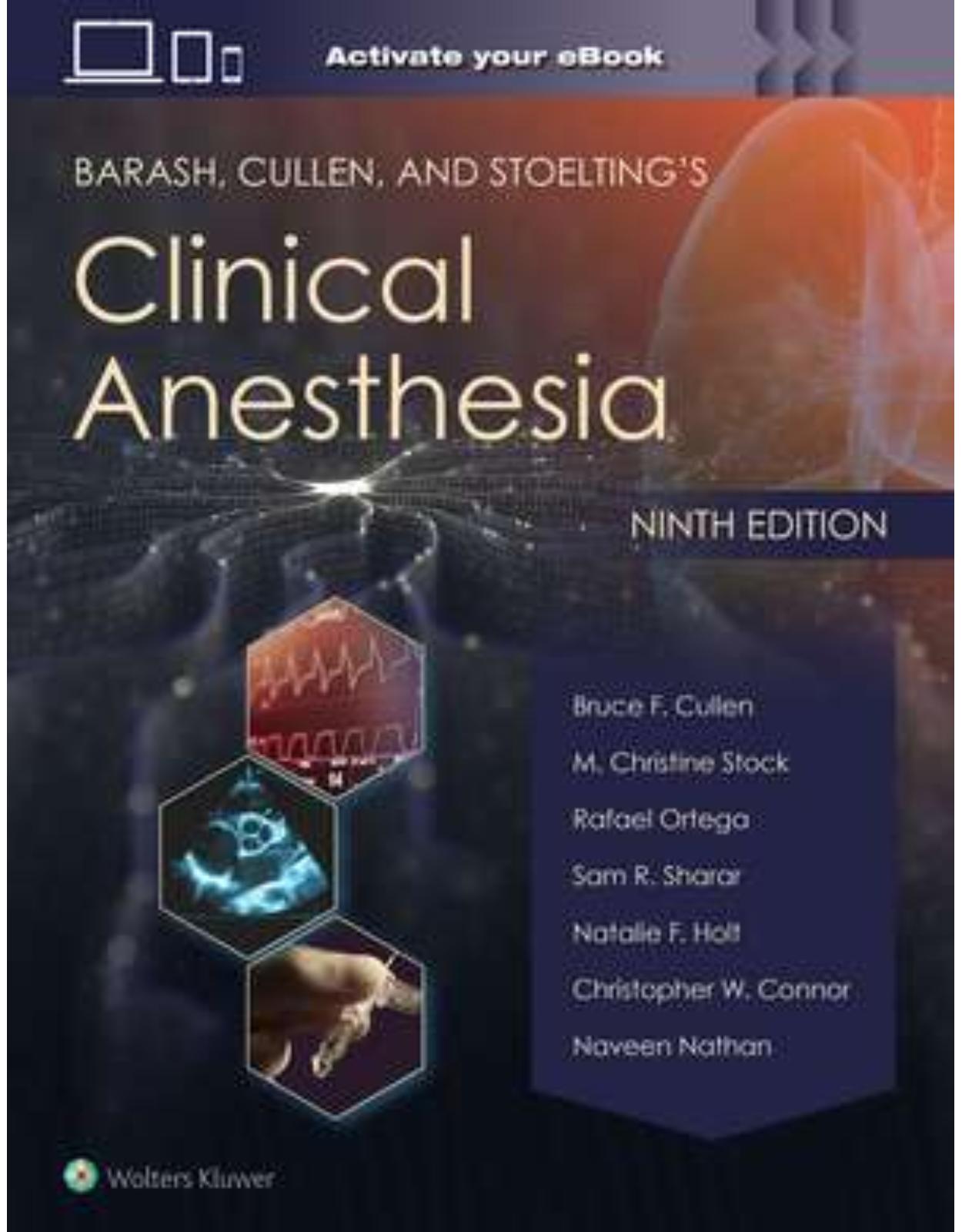
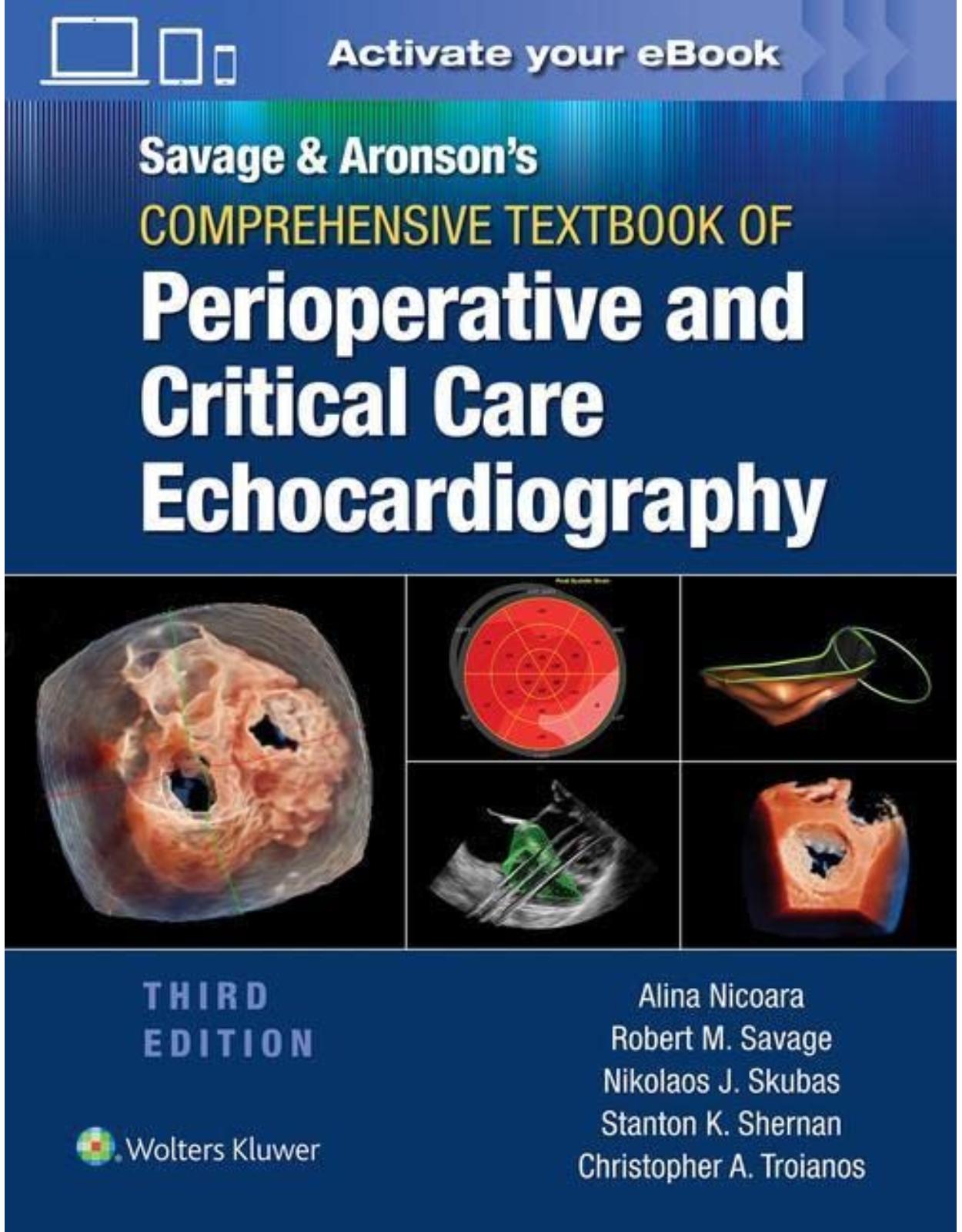
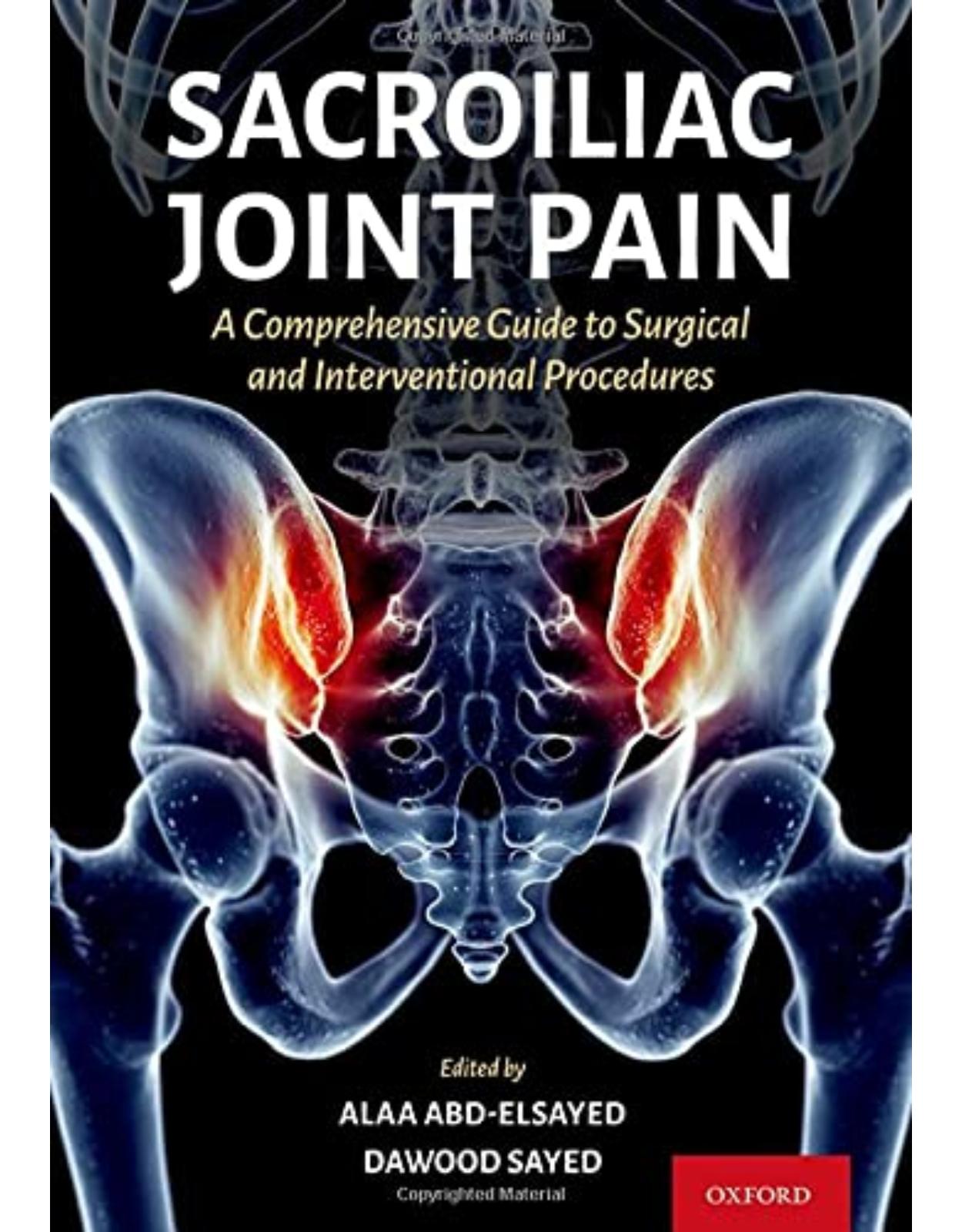
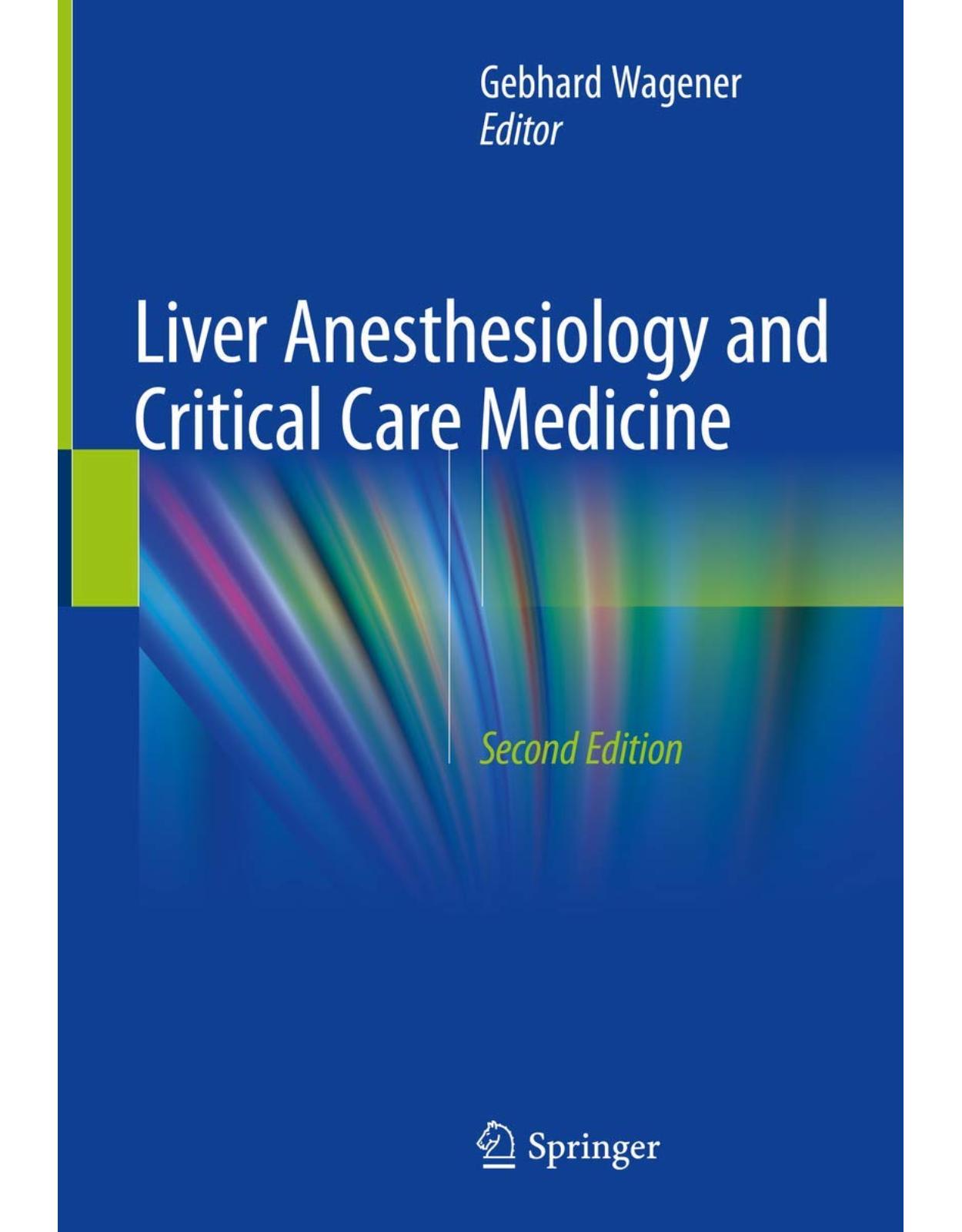
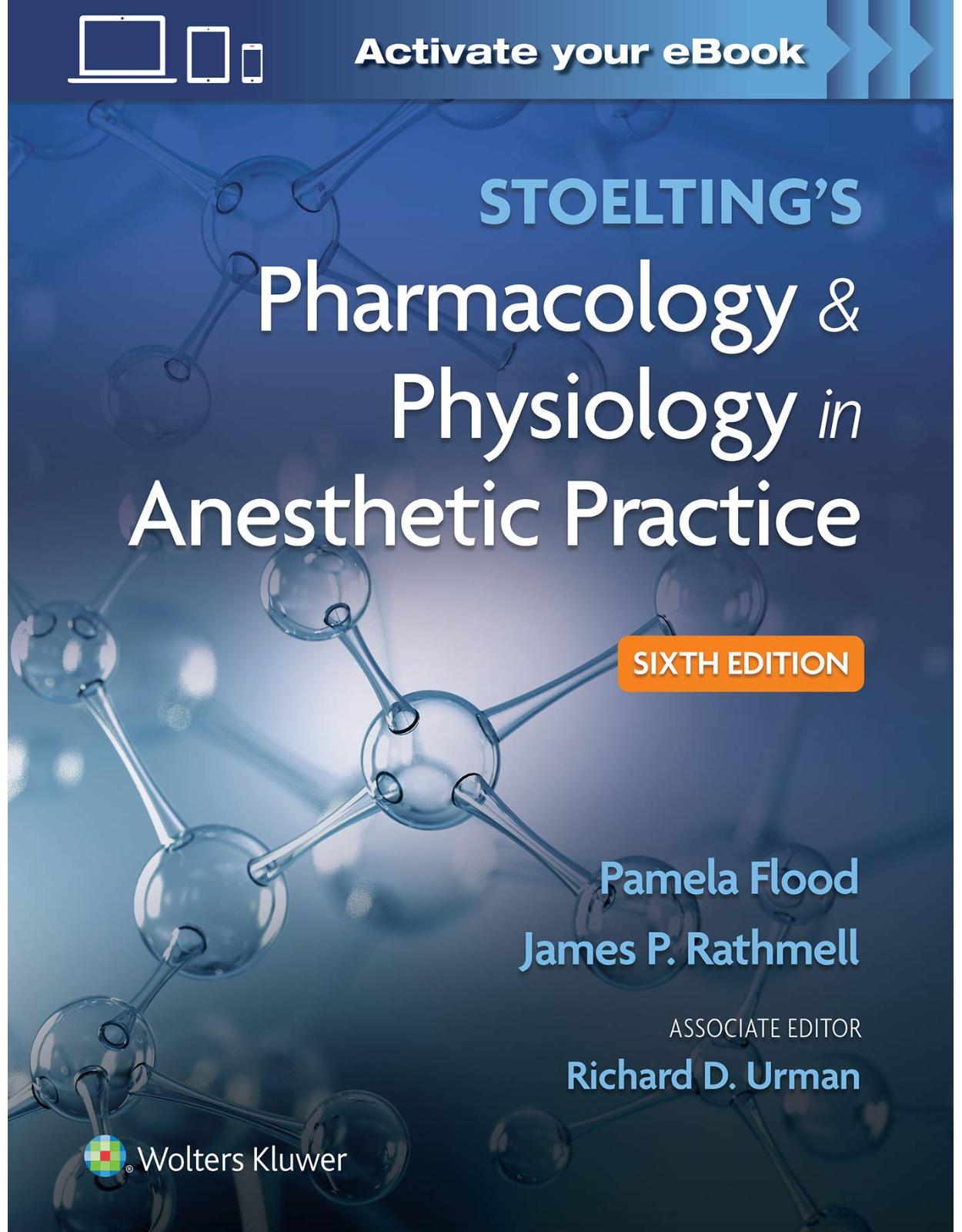
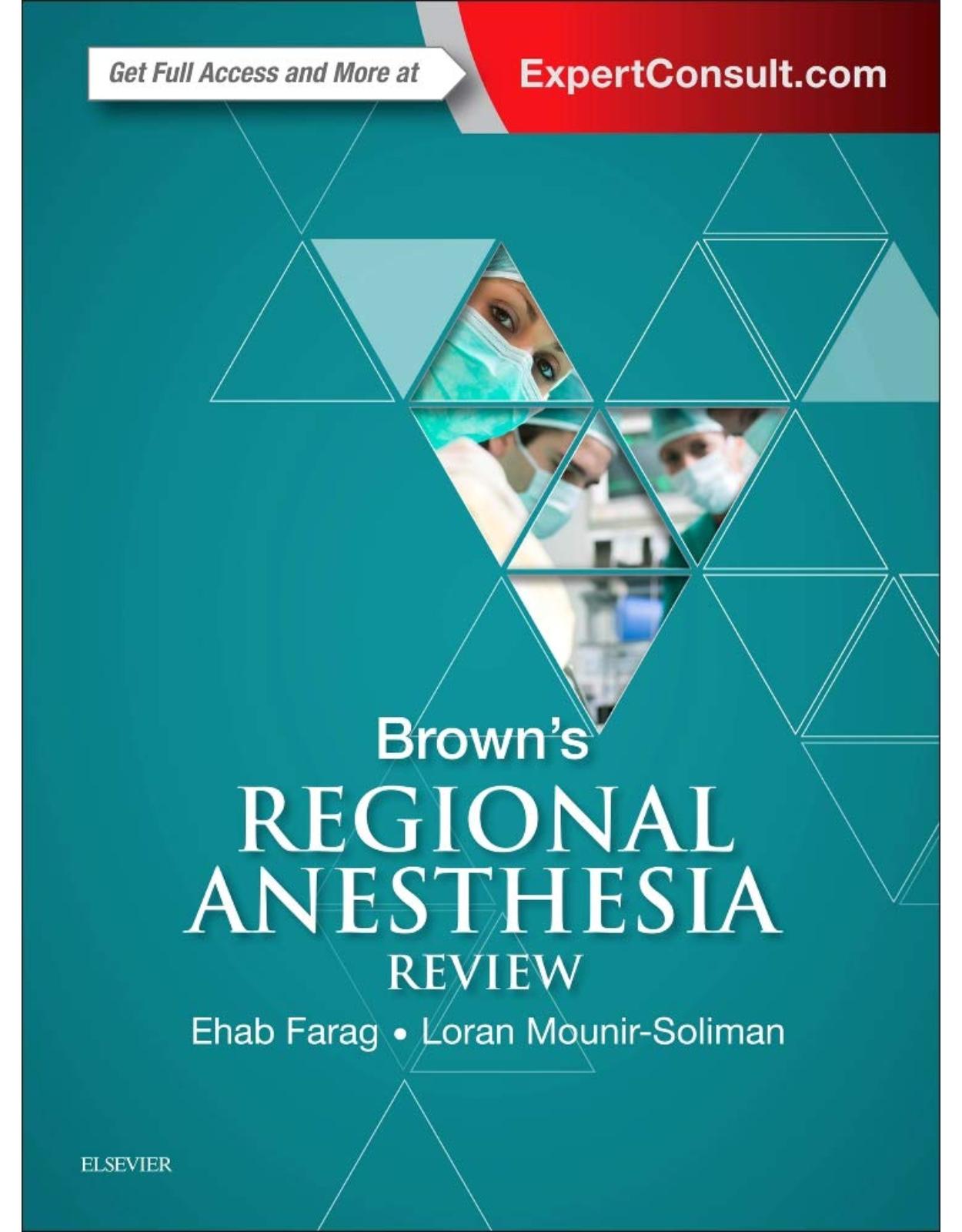
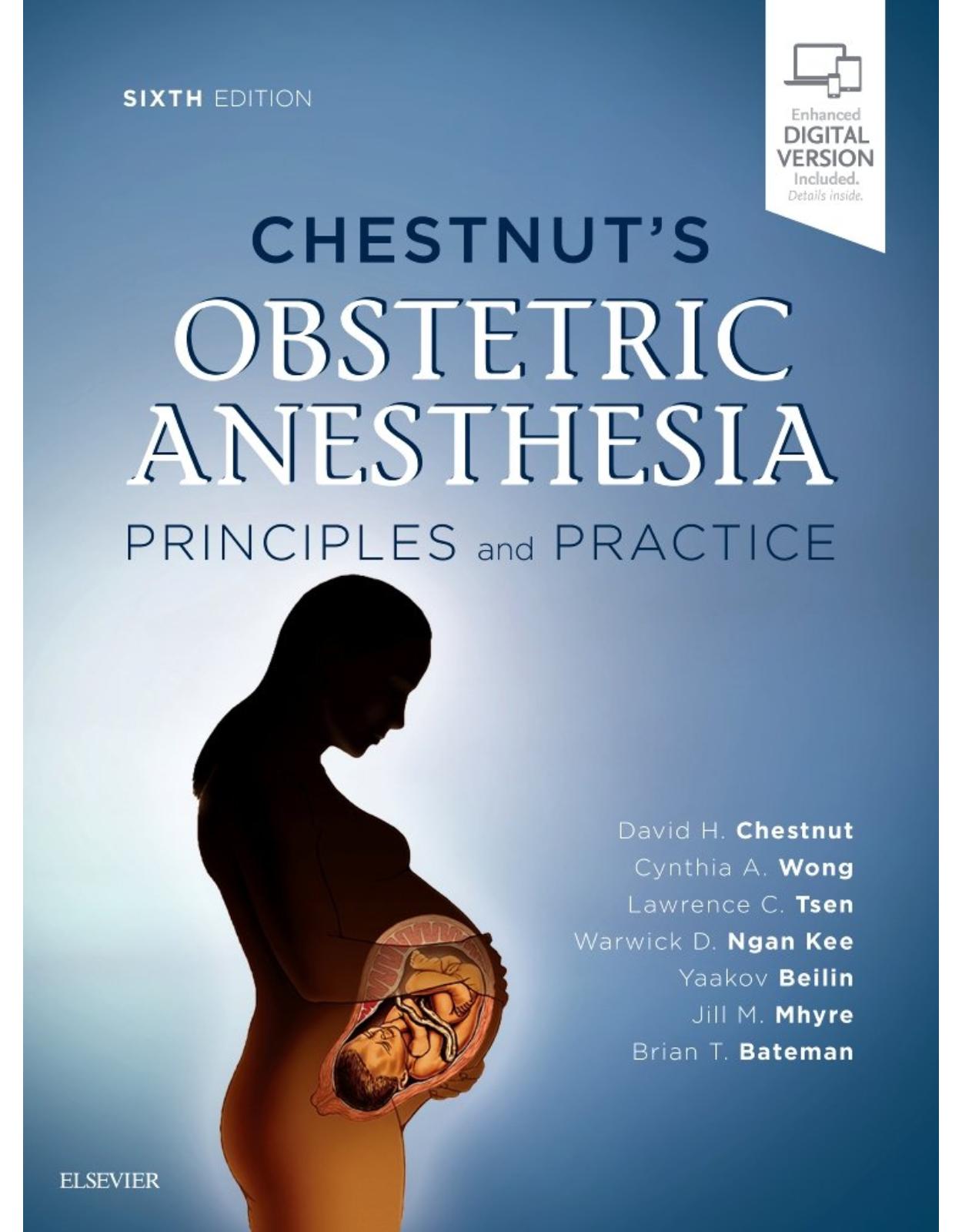
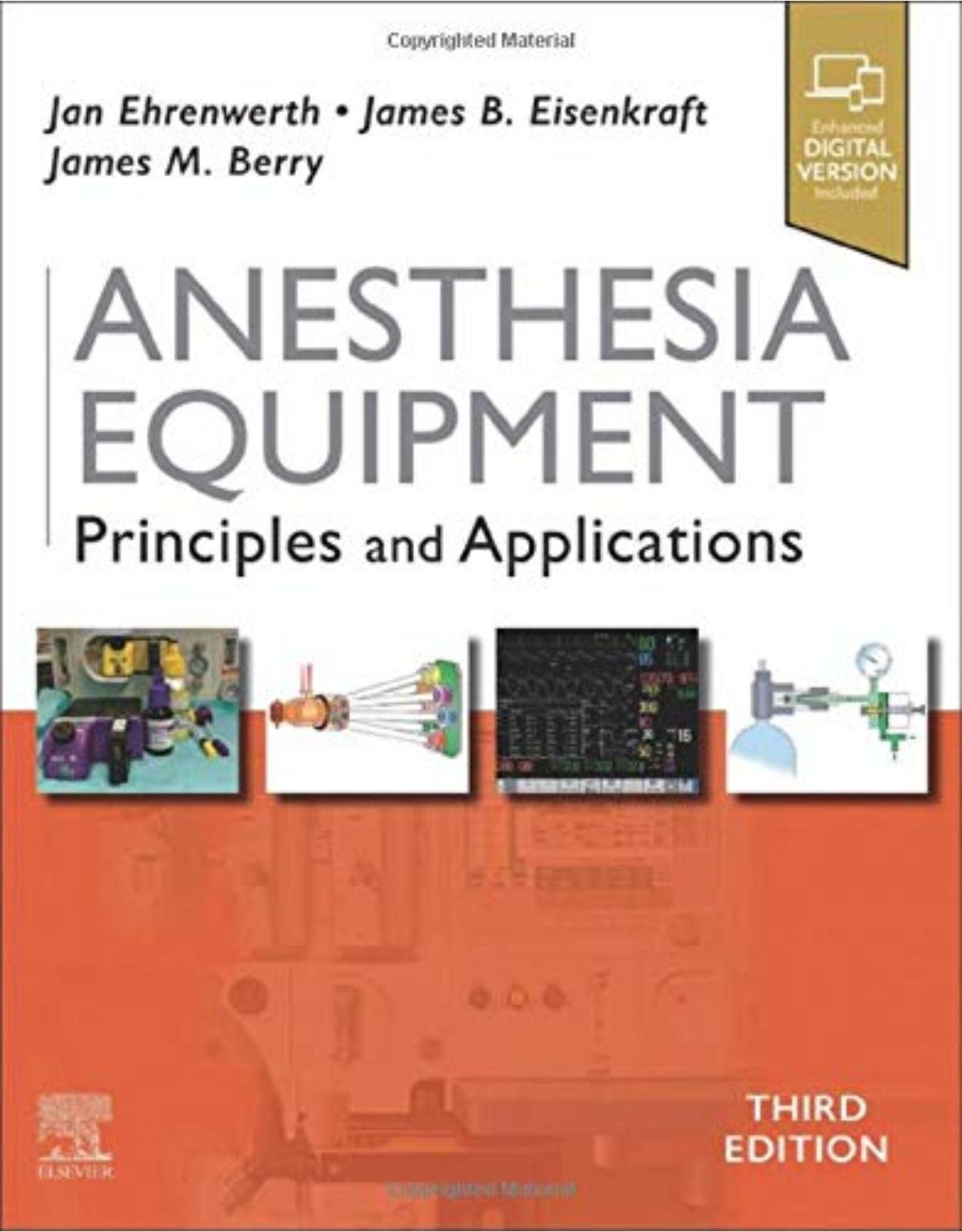
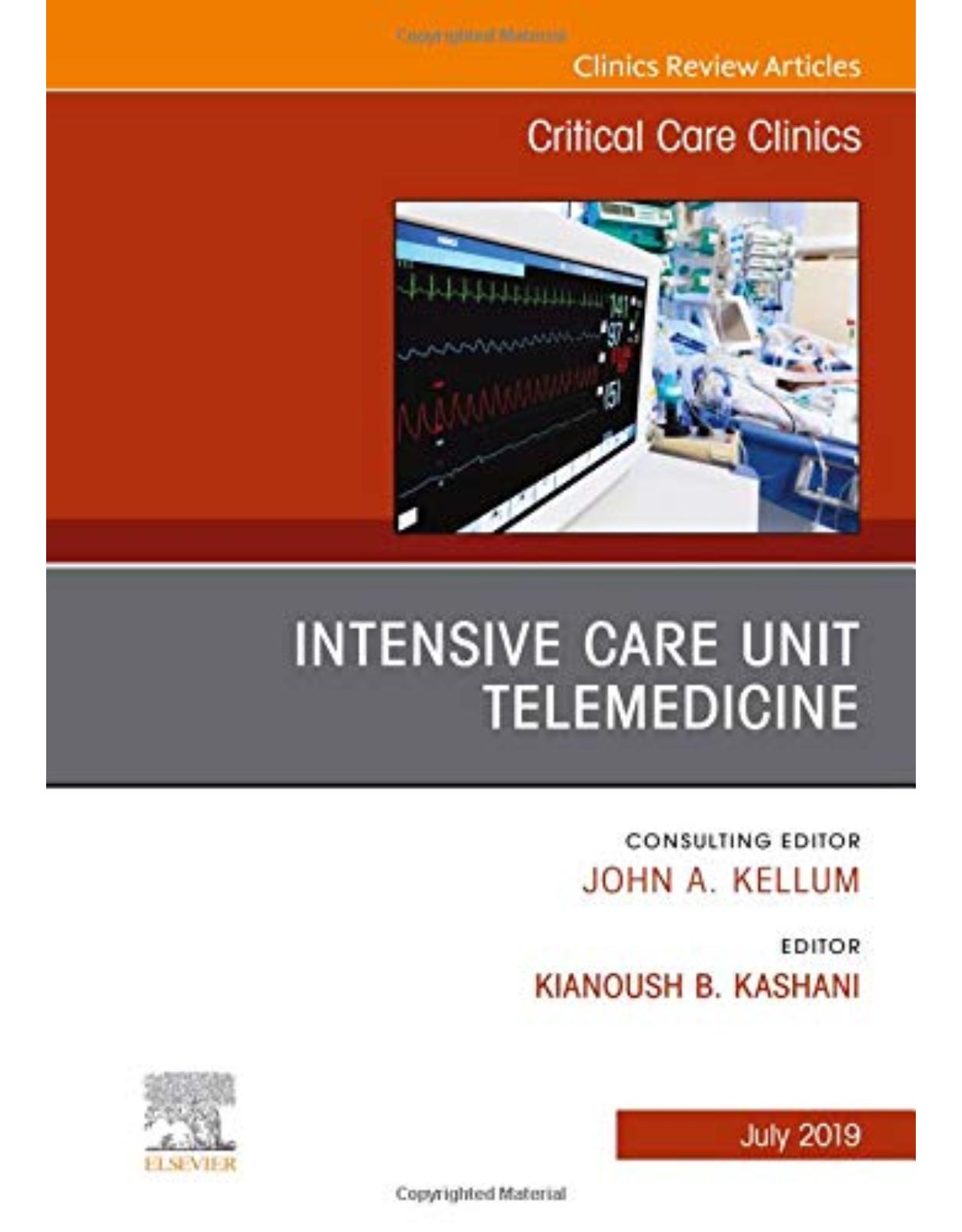
Clientii ebookshop.ro nu au adaugat inca opinii pentru acest produs. Fii primul care adauga o parere, folosind formularul de mai jos.